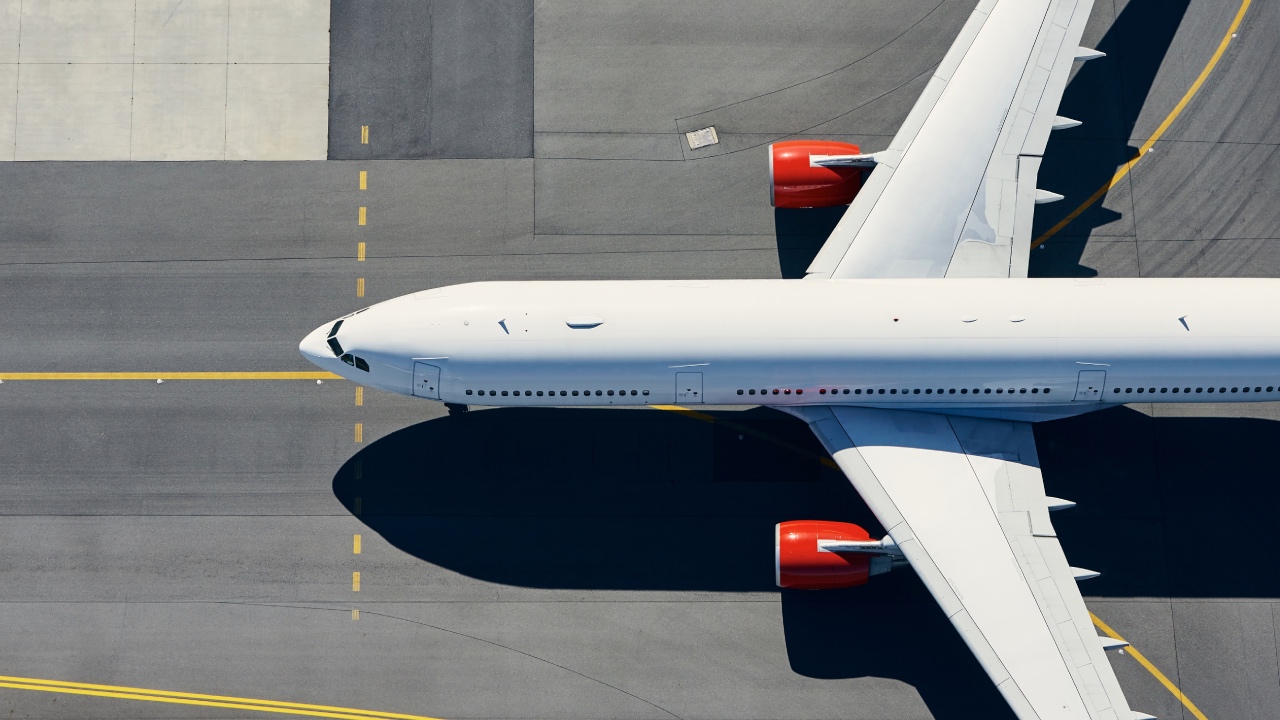The surprising reason commercial planes are painted white

Up until the middle of the last century, airplanes would fly through the sky unpainted as shiny silver tubes.
But now, we are so used to seeing plane bodies being painted white, with the exception of the airline’s logo and a splash of colour on the plane’s tail.
But this drastic look isn’t just about style and uniformity, as there is a simple reason why plane bodies are left plain.
First of all, white paint jobs will show wear and tear a lot quicker on huge commercial planes and while this might not be ideal for a car or house, it's perfect for planes.
From takeoff to landing, a plane goes through a lot. While the aircrafts are always deemed safe for flying, it'll likely suffer minor cosmetic damages as it hurtles through the sky at 900 kilometres per hour.
Due to the frequent minor chips and scratches a plane has inflicted, using the white paint helps engineers and maintenance teams to spot any of these issues with ease.
Another reason that white is uniform in the skies is because white paint is going to fade at a much slower rate than a darker shade.
As planes fly above the clouds, they're exposed to a lot of UV rays which speeds up the process of the paint fading.
Lastly, it's been found that birds can spot planes against the sky easier when they're painted all-white, as sometimes in rare occasions, birds can pose a safety risk.
It wasn’t until 50 years ago that airlines started painting their planes, with Air France being credited for starting the movement in the 1970s.
"Since Air France introduced the first 'Euro-white' livery in 1976, the all-white fuselage look has become increasingly standard for the world's airlines," aviation historian Shea Oakley told Travel + Leisure.
Image credits: Shutterstock
